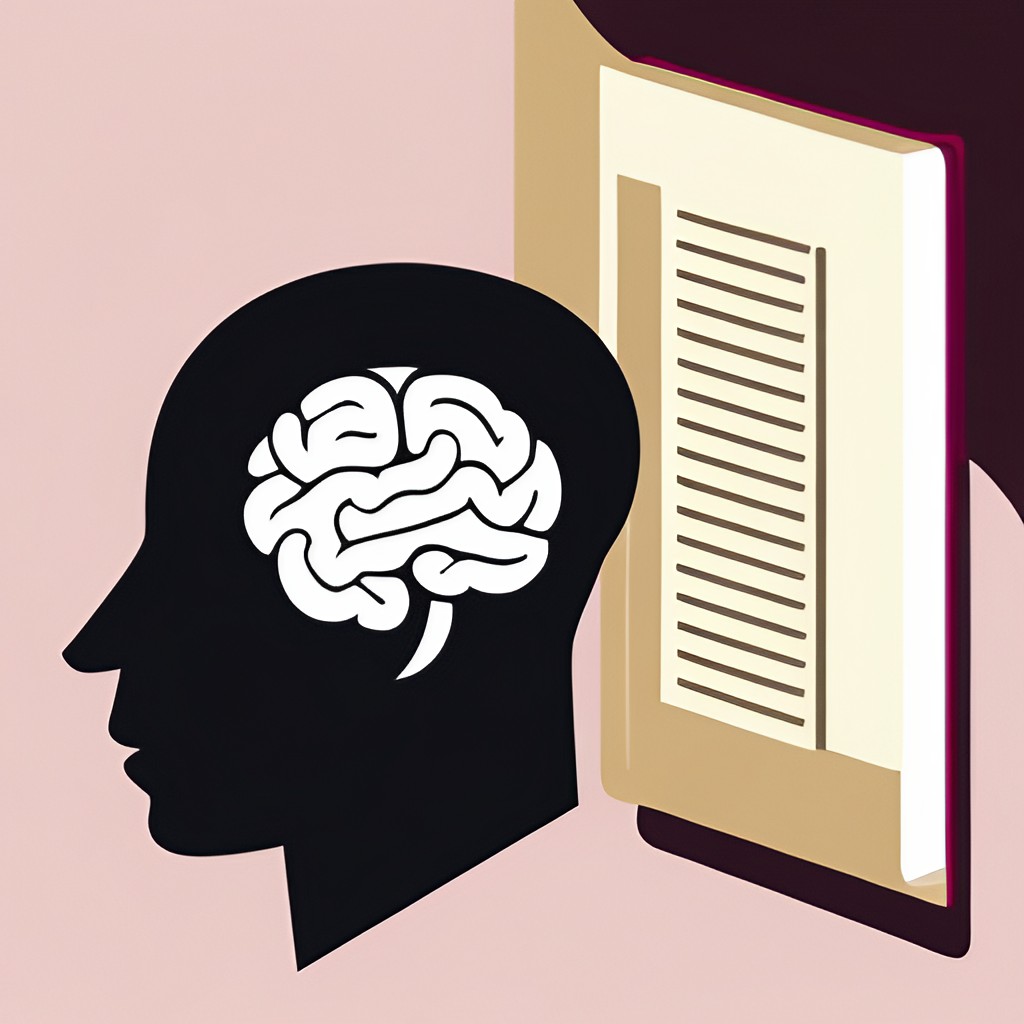
In our increasingly fast-paced world, the ability to absorb and critically analyze information is paramount. This is where mindful reading techniques come into play, not only enhancing comprehension but also fostering critical thinking. In this guide, we delve into strategies for mindful reading, offering insights into how these techniques can revolutionize your reading experience.
Understanding the Essence of Mindful Reading
Mindful reading is more than just skimming through text; it’s an intentional practice of engaging deeply with written words. This approach is crucial for improving reading skills with mindfulness, allowing readers to fully grasp complex concepts and think critically about the content. By adopting mindful approaches to reading and learning, individuals can elevate their understanding and retention of information.
The Multifaceted Benefits of Mindful Reading
The practice of mindful reading extends beyond mere comprehension. It lays the foundation for enhancing comprehension through mindful reading, a skill that is indispensable in both personal and professional spheres.
Enhanced Comprehension
By employing mindful reading for critical analysis, readers can delve deeper into texts, uncovering nuanced insights and connections. This active engagement leads to a more profound understanding and long-lasting retention of information.
Improved Critical Thinking
Critical thinking in mindful reading involves questioning assumptions, drawing inferences, and evaluating arguments within the text. This level of engagement is essential for developing well-rounded perspectives and informed opinions.
Increased Focus and Concentration
The concentration required in mindful reading helps to build focus and attention span. Building concentration through mindful reading is a skill that extends beyond the page, benefiting various aspects of daily life.
Techniques for Effective Mindful Reading
To harness the full benefits of mindful reading, it’s essential to understand and implement specific techniques. These methods are key to deepening understanding with mindful reading.
Active Questioning
As part of effective reading techniques for mindfulness, active questioning encourages readers to engage with the text on a deeper level. This involves probing the material, looking for underlying themes, and seeking answers within the narrative.
Visualization
Visualization is a powerful tool in mindful reading techniques. It involves creating mental images based on the text, enhancing the reader’s engagement and comprehension.
Reflection and Connection
Mindful reading is not a passive activity; it involves reflecting on what you read and connecting it to your own experiences. This reflective practice is central to improving reading skills with mindfulness.
Note-Taking and Summarizing
Effective note-taking and summarizing are crucial strategies for mindful reading. They aid in organizing thoughts, clarifying concepts, and solidifying understanding.

Implementing Mindful Reading in Daily Life
Adopting mindful reading techniques requires more than understanding the theory; it’s about integrating these practices into daily reading habits. Here’s how to make mindful reading a part of your routine.
Creating a Conducive Reading Environment
A quiet, distraction-free environment is essential for focused reading for better comprehension. Such a setting allows readers to immerse themselves fully in the text, free from external interruptions.
Incorporating Mindful Reading into Your Routine
Making mindful reading a regular practice is key to reaping its benefits. Whether it’s setting aside specific times for reading or choosing materials that challenge your thinking, consistent practice is crucial.
Examples of Mindful Reading in Action
To illustrate the practical applications of mindful reading, let’s explore concrete examples of how these techniques can enhance your reading experience and comprehension.
Active Annotation
When encountering a challenging passage, mindful readers often employ active annotation. This technique involves underlining key points, circling unfamiliar words, and jotting down brief summaries or reflections in the margins. By actively engaging with the text in this way, readers reinforce their understanding and retain crucial information.
Applying Critical Thinking Skills
Critical thinking in mindful reading goes beyond passive consumption. Mindful readers ask questions, evaluate evidence, and draw connections to other texts or personal experiences. This active analysis equips readers with a sharper perspective, enabling them to engage in thoughtful discussions and debates.
Practicing Visualization Techniques
Mindful readers frequently use visualization to immerse themselves fully in the text. They create vivid mental images of the scenes, characters, or ideas described in the text, enhancing comprehension and making the reading experience more immersive. Visualization stimulates the imagination and aids in memory retention.

Exploring Diverse Perspectives
Mindful reading involves seeking out different viewpoints and challenging personal biases. By exploring literature from various authors, cultures, and genres, readers gain a broader worldview and develop empathy for diverse experiences. This practice broadens understanding and hones critical thinking skills.
Fostering Emotional Intelligence
Literature often mirrors the human experience, and mindful reading can help readers develop emotional intelligence. By empathizing with characters’ emotions and experiences, readers become more attuned to their own feelings and those of others. This enhances self-awareness, improves social interactions, and enriches relationships.
Cultivating a Love for Reading
Mindful reading is not solely about improving comprehension and critical thinking; it can also ignite a passion for literature. Engaging with the text on a deeper level and finding personal connections within the content often leads to a lifelong love of reading. This habit brings a multitude of benefits, including stress reduction, improved memory, enhanced concentration, and expanded knowledge.
Conclusion: Embrace the Power of Mindful Reading
Mindful reading is more than a reading technique; it’s a transformative practice that enriches your relationship with literature and deepens your understanding of the world. By incorporating mindful reading techniques into your reading routine, you can enhance comprehension, expand your horizons, and cultivate a lifelong love for the written word. The next time you pick up a book, try to read it mindfully and experience the magic it can bring to your reading journey.

